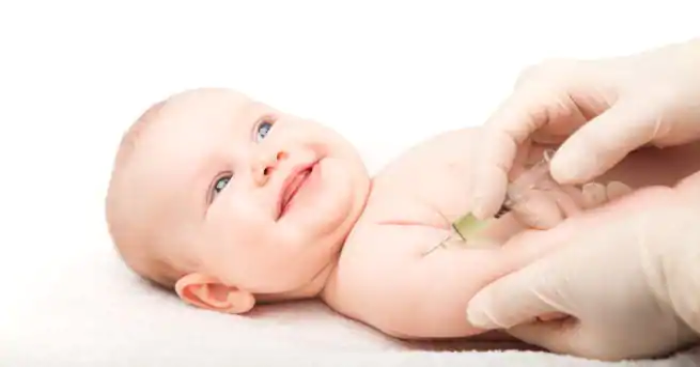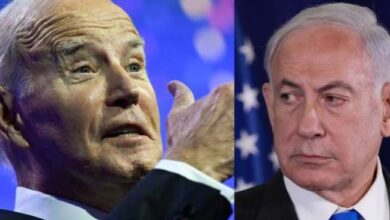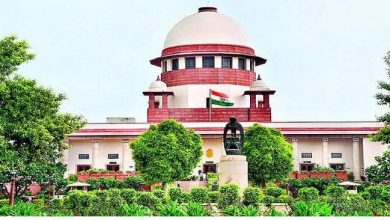Importance of vaccination in children and influence of social media

Vaccination process has prevented 10 million deaths and protected millions more from debilitating illnesses such as pneumonia, diarrhoea, whooping cough, measles, and polio between 2010 and 2015, according to the World Health Organization (WHO), which called immunisation “one of the biggest successes of modern medicine”.
But vaccine hesitancy, or the reluctance or refusal to vaccinate despite availability and affordability, is leading to a resurgence of vaccine-preventable diseases worldwide, which has prompted the WHO to list it as one of the top 10 threats to global health in 2019.
With emotionally-charged fake news shared within minutes on social media, debunking rumours with facts has to be part of public health strategy to control disease and save lives.
Impact
Rumour has led to a spurt in polio cases in Pakistan, which has reported 53 cases to date this year compared to 12 in all of 2018. Polio vaccination led to a 99% drop in polio cases within three decades, with cases declining from 350,000 cases in 1988 to 33 in 2018. In 2019, vaccine hesitancy in Pakistan has led to 65 cases till August 7 in two endemic countries of Pakistan (53), and Afghanistan (12).
To ensure outbreak in Pakistan does not threaten India’s polio-free status – the last polio cases were in West Bengal in January 13, 2011 – everyone crossing the land border with Pakistan, Nepal and Bangladesh is vaccinated, and a vaccination certificate irrespective of age at least four weeks before travel is a visa requirement for all international visitors to and from polio-affected Afghanistan, Nigeria, Pakistan, Ethiopia, Kenya, Somalia and Syria.
Despite eradication, one national and two sub-national rounds of polio vaccination is continuing, along with surveillance for acute flaccid polio infection in children and environmental sampling for wild poliovirus in 51 sites. For every one polio case, there are 100-2,000 people are infected but don’t develop symptoms.
Vaccination in India
India has the world’s largest immunisation programme that vaccinates an annual birth cohort of 26.7 million children against 12 vaccine-preventable diseases, of which 10 are given nationwide. Sub-national immunisation includes vaccination against Japanese Encephalitis in endemic areas, and the pneumococcal vaccine given in five states since 2017 to protect children against severe pneumonia and some ear infections.
This has led to improvements in child health, indicated by a decline in under-5 mortality (U5-MR) rate from 43 in 2015 to 39 per 1,000 births in 2016. Around 98% of children are vaccinated at least once, of which 70% are fully immunised, 28% miss some vaccines, and 2% don’t get vaccinated at all.
A deeper dive into data shows vaccination rates vary substantially by geography, gender, mother’s education and income, with U5-MR being 37 for boys and 41 for girls. Even in low-income areas and urban slums in Delhi, 78 girls were fully immunised for every 100 boys.
Fake news is adding further hurdles to end measles-rubella using the MR vaccine, which is being given in 32 states and union territories with 95-96% coverage. The only states left are West Bengal and Delhi, where vaccination in schools was stopped following safety concerns that led to Delhi High Court ruling parental consent is a must to vaccinate children.
Unlike viruses like influenza, Nipah, Zika and Ebola, humans are the only natural reservoirs of smallpox, polio and measles-rubella viruses, which makes it possible to eradicate and control them. Mass vaccination helped India get polio cases down from 741 in 2009 to one in January 2011.
Eliminating a disease is possible by vaccinating at least 99% of children to build “herd immunity” in the community immunity that protects even those who are not vaccinated and remain susceptible to infection.






